E-WASTE IN GHANA
Tracing Transboundary Flows
13th edition of the Carmignac photojournalism award
The 13th edition of the Carmignac Photojournalism Award is dedicated to Ghana and the ecological and human challenges associated with the transboundary flow of electronic waste. The award was granted to a team made up of investigative anti-corruption journalist and activist Anas Aremeyaw Anas and photojournalists Muntaka Chasant and Bénédicte Kurzen (NOOR).
From February 2023 to February 2024, thanks to the human and financial support of the Fondation Carmignac, the laureates carried out a transnational field study between Ghana and Europe.
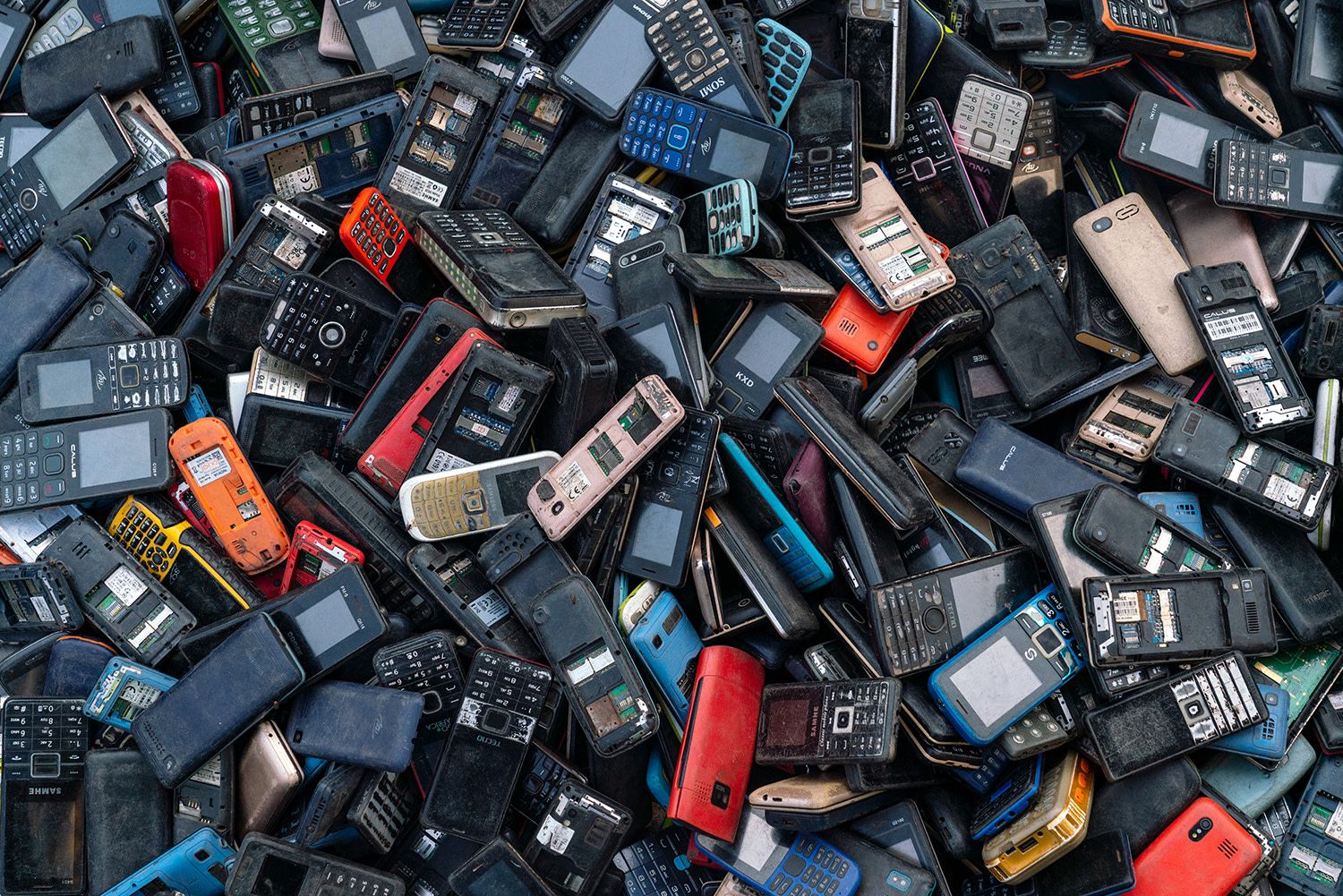
E-WASTE TODAY
62 million tons. This is the volume of electrical and electronic waste - discarded battery- or mains-powered products, commonly known as «e-waste» - generated worldwide in 2022, according to the latest Global E-Waste Monitor Report published by the United Nations. The number of smartphones, connected watches, flat screens, computers and tablets being thrown away continues to rise (82% increase since 2010), making them not only one of the world’s biggest sources of waste, but also the most valuable (containing precious metals like gold, silver and platinum group metals). According to the study, if this trend continues, in the absence of sustainable recycling or repair solutions, global electronic waste will reach 82 millions metric tons by 2030. In 2022, of the 62 million tons of e-waste, only 22,3% were collected and recycled in a dedicated channel.*
Having long invaded Asia (Russia, India, China, etc.), e-waste from Europe and the United States is arriving in extensive quantities in the ports of West African countries such as Ghana, in violation of international treaties. A country renowned for its political stability and respect for a multi-party system, Ghana is faced with the proliferation of informal open-air landfill sites even closer to homes, after the dismantling of the Agbogbloshie scrapyard site in July 2021.
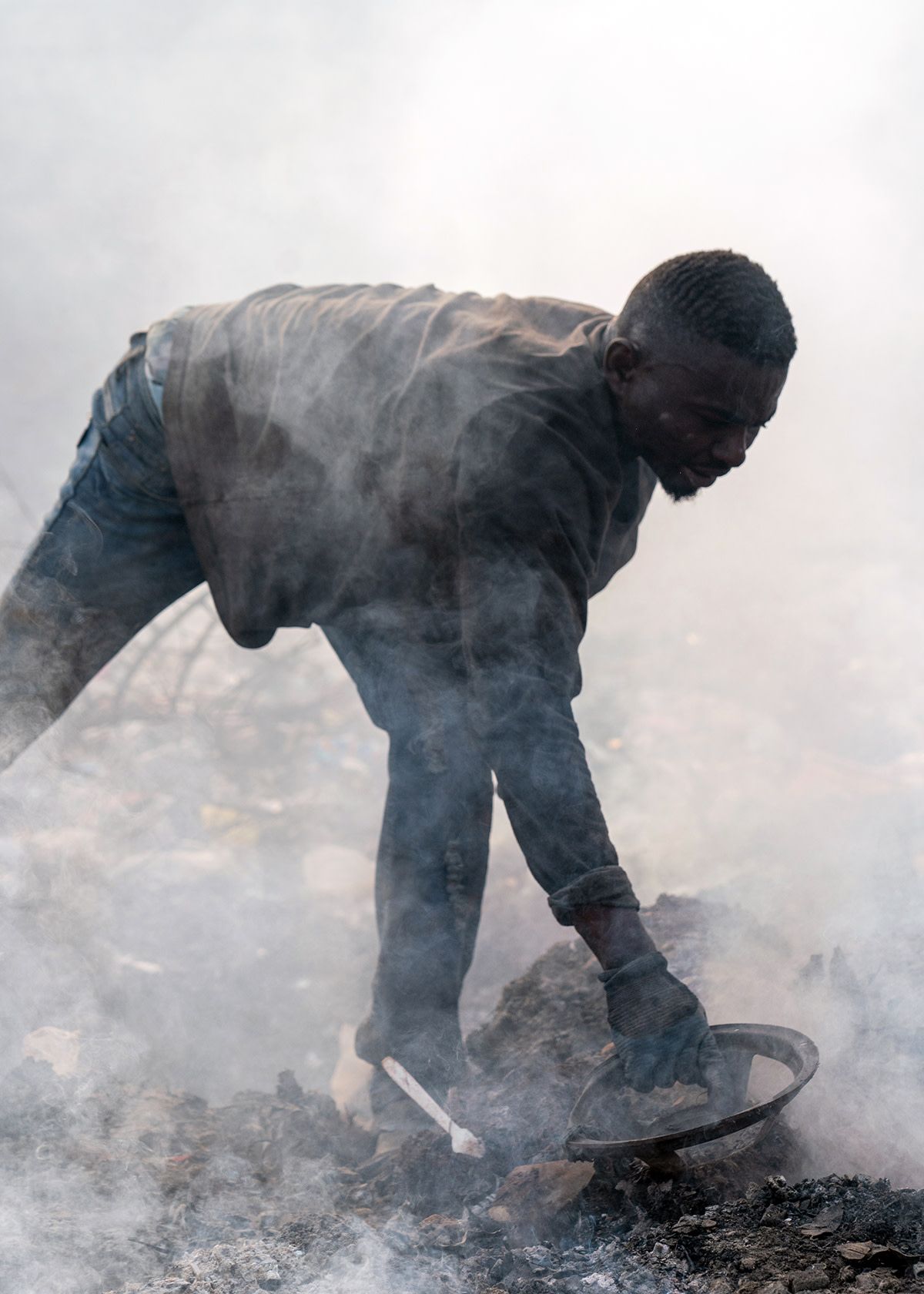
THE LAUREATES’ REPORT
It was against this backdrop that began the investigation by Anas Aremeyaw Anas and photojournalists Muntaka Chasant and Bénédicte Kurzen, which combines photography, video, audio recordings and writing. Departing from the dramatic imagery often used by the media to portray Ghana as «the dustbin of the world», they spent six months documenting this incredibly ambiguous and complex ecosystem, which is both a crucial economic opportunity for thousands of people in Ghana and has a considerable human and environmental impact. Together, combining a national and international approach, the team studied the ramifications of e-waste trafficking between Europe and Ghana, revealing the opacity of this globalised cycle.
Delving into the complex world of second-hand electronics in Ghana and Europe, Bénédicte Kurzen documented the e-waste flows and the communities that activate them, challenging negative stereotypes of exporters and highlighting the inefficiency of European e-waste bureaucracy. At the other end of the chain, in Accra, the capital of Ghana, researcher and documentary photographer Muntaka Chasant immersed himself in a sociological analysis of
this economy on which many communities depend. With precision, he analyses the social groups of e-waste workers, revealing a hierarchical organisation and the mechanisms of migration from north-east Ghana. With his team, Anas Aremeyaw Anas infiltrated the ports of Accra to reveal the legal and illegal flows of e-waste. Working undercover, and using trackers implanted in illegal waste, he unmasks the strategies and corruption that enable people to circumvent the law, both in Europe and in Ghana.
* The United Nations Institute for Training and Research (UNITAR) and the International Telecommunication Union(ITU) have joined forces in the Global E-waste Statistics Partnership (GESP) to publish the Global E-Waste Monitor2024, with the support of the Fondation Carmignac.It can be found at this link:https://globalewaste.org/(published 20 March 2024)
THE EXHIBITIONS
The collaborative report by Anas Aremeyaw Anas, Muntaka Chasant and Bénédicte Kurzen will become the focus of three exhibitions.
PARIS – May 16th, 2024 to June 16th, 2024, in partnership with the City of Paris
Port de Solférino, Quai Anatole France (opposite the Musée d’Orsay), 75007 Paris
Free admission
A day of panels devoted to e-waste will be organised in partnership with the United Nations Institute for Training and Research (UNITAR).
ARLES – July 1st to September 29th, 2024
Manuel Rivera-Ortiz Foundation (MRO), 18 rue de la Calade, 13200 Arles - France
Free admission with the Rencontres d’Arles Pass – full price €6
NEW YORK – Summer 2024, in partnership with UNITAR
United Nations Headquarters
Free admission
MONOGRAPH
The exhibitions will be accompanied by a bilingual French-English catalogue.
Co-published by the Fondation Carmignac and Reliefs Editions, it will be published in July 2024. Through powerful photographs and texts, this collaboration reflects a shared desire to bear witness to contemporary issues in Ghana.
E WASTE IN GHANA
Price: 35 euros, 45 USD, 58 CAD, 35 GBP
Format: 21 × 28 cm Published by: Fondation Carmignac and Reliefs Editions
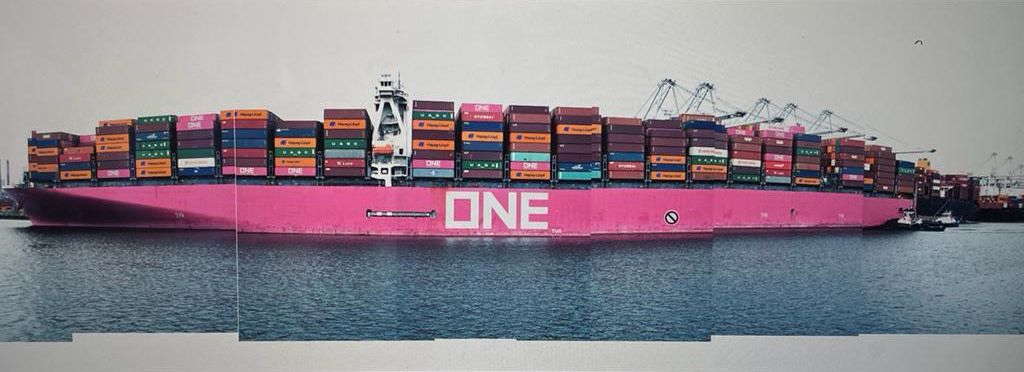
THE LAUREATES

Muntaka Chasant (Ghana, 1985) is a Ghanaian documentary photographer and independent researcher with long-standing interests in issues at the intersection of human geography and environmental sociology. He has worked at the cross field between environment and human mobility for more than a decade. His ethnographic fieldwork has touched on geographies of discarded materials, urban marginality, and emerging environmental issues, including climate change, biodiversity loss, and pollution. His photography has appeared in academic journals, magazines, and newspapers worldwide. Contesting everyday representations of sites of environmental justice struggles, Muntaka proposes alternative forms of geographical knowledge productions by rethinking how we imagine and mediate distant suffering. With a postgraduate background in international relations, he advocates for people and communities entangled in socio-spatial struggles that have become global in nature. Also interested in memory and future discourses, he utilizes the tensions between remembering and forgetting and the intertwining of memory and identity to weave narratives of alternative futures.
www.muntaka.com
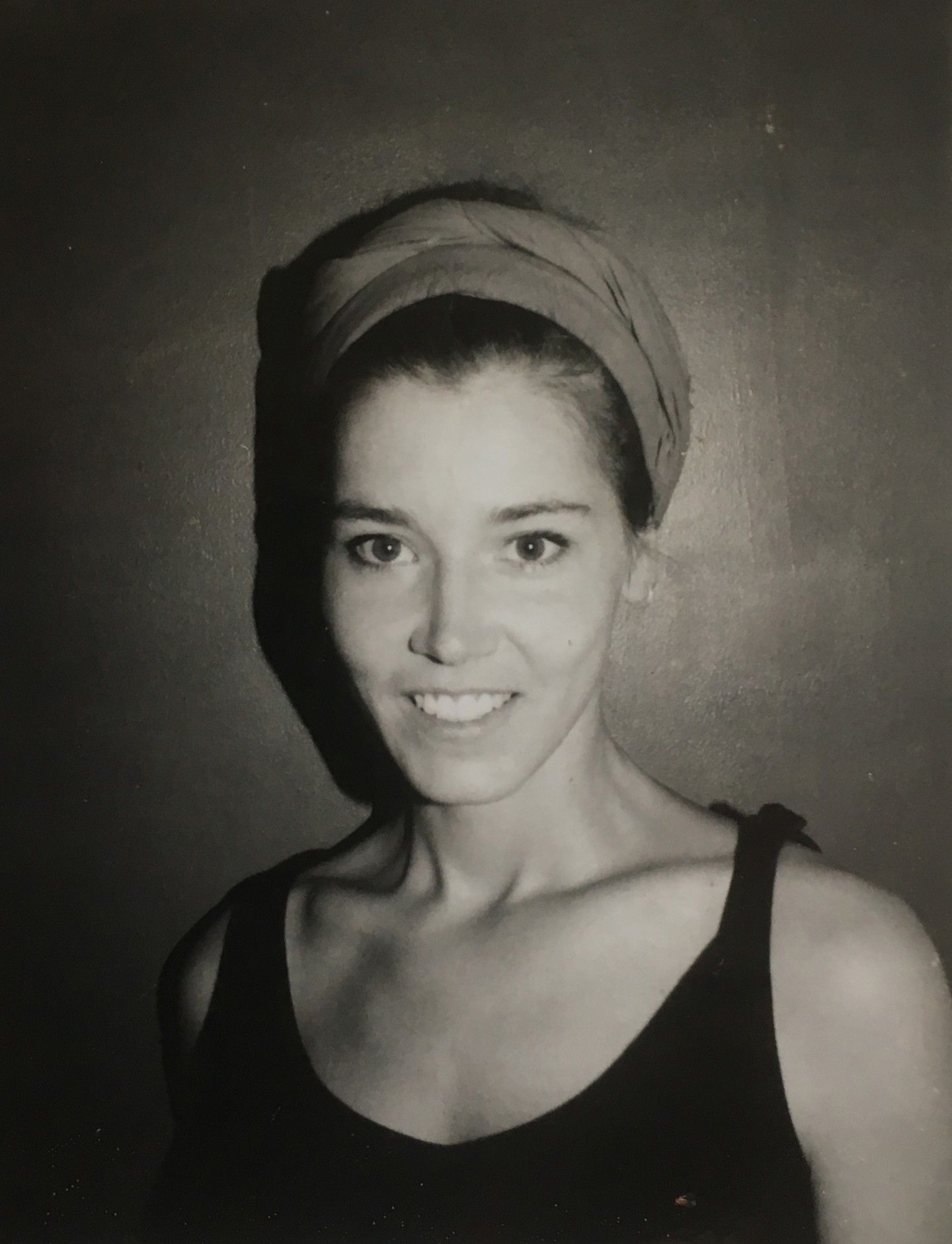
Bénédicte Kurzen (France, 1980) is a photographer working on cross-cultural narratives and mythologies, opening the door to possible redefinitions of social concepts and representations. Her photography combines documentary elements with a metaphoric, constructed visual language, and collaborative processes. Kurzen began her career in 2003 in the Middle East, covering hard news in Lebanon, Palestine, and Iraq, before moving to Africa where she lived and produced substantial work on social changes and tensions in South Africa (2005-2011) and Nigeria (2011-2023). Since 2018, she has deepened her work on mythologies in Nigeria and China, focusing on twin cosmologies and examining the persistence of ancient beliefs in Mayotte. Kurzen has been published internationally for the past twenty years and received several distinctions, including participation in the prestigious World Press Joop Swart Masterclass (2008), a Pulitzer Center on Crisis reporting and European Journalism Centre grantee (2012, 2017), and nomination for the Visa d’Or for her work in Nigeria (2012). More recently, she won a World Press Photo Prize (2019). She is a member of NOOR Images and of the Photo Society.
benedictekurzen.net
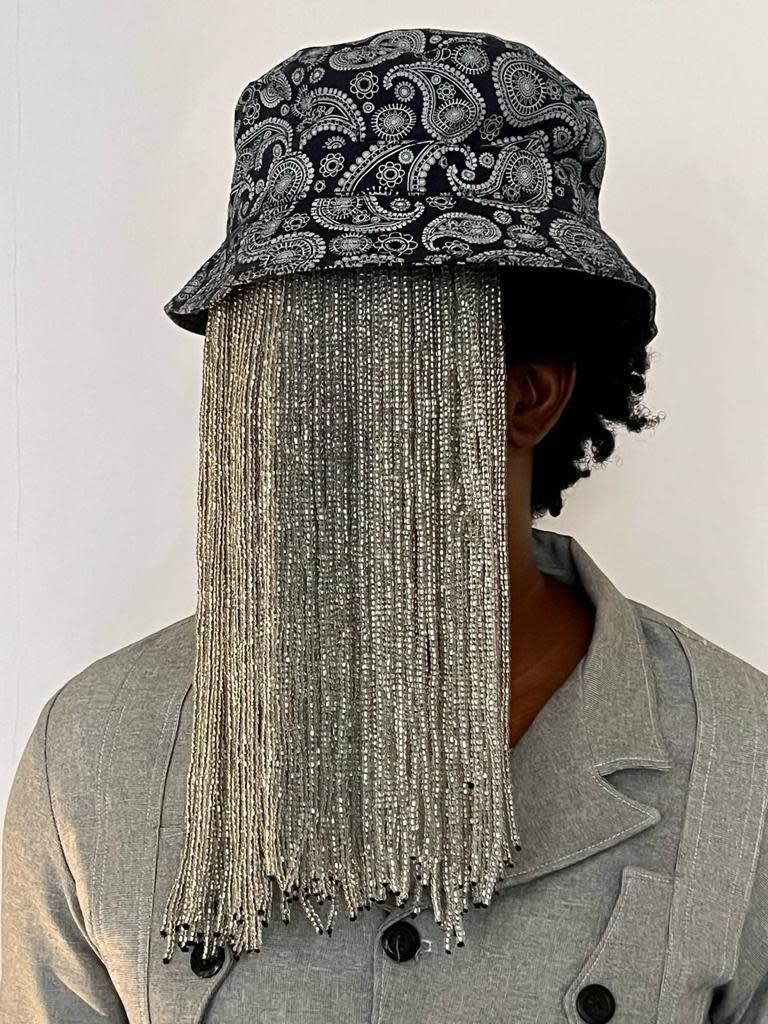
Anas Aremeyaw Anas (Ghana, 1978) is the CEO of Tiger Eye and doubles as the Team Leader of the Tiger Eye Foundation (a nonprofit). Tiger Eye is a company that has engaged in several undercover assignments for many indigenous and multilateral corporations within and outside Ghana. Anas is an award-winning undercover investigative journalist, lawyer and anti-corruption campaigner with global experience and acclaim. In disguise, he finds his way into asylums, brothels, prisons, orphanages and villages, where he methodically gathers evidence for hard-hitting stories - then presents the evidence to authorities for those accused to be prosecuted. This has consequently had seismic impacts on the Ghanaian judiciary, law enforcement, professional sports, child welfare system, and mental health delivery, among others. Anas’ journalistic work, both print and video, is published by reputable media organizations such as the BBC, CNN, and Al Jazeera. He has received commendations from international personalities such as Barack Obama, Kofi Annan, Desmond Tutu, Bill Gates, amongst others.
anasaremeyawanas.org
JURY OF THE 13th EDITION OF THE CARMIGNAC PHOTOJOURNALISM AWARD
Dr Kees Baldé Senior Scientific Specialist, United Nations Institute for Training and Research (UNITAR)
Fabiola Ferrero Photojournalist, laureate of the 12th edition of the Carmignac Photojournalism Award
Vera Kwakofi Senior Commissioning Editor, Africa TV, BBC World Service.
Lars Lindemann Independent curator
Azu Nwagbogu Independant curator, Director and Founder of African Artists’ Foundation and Lagos Photo Festival
Alona Pardo Curator, Head of Programmes, Arts Council Collection, UK
PRE-JURY
Fiona Shields Head of Photography, The Guardian
Mikko Takkunen Photo Editor International, The New York Times
Marta Weiss Senior Curator, Photography Victoria & Albert Museum